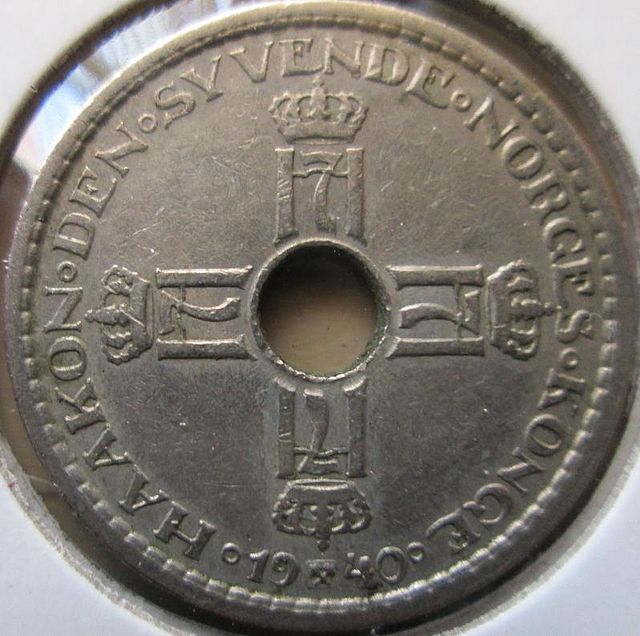Milorg was the main Norwegian resistance movement during World War II. Resistance work included intelligence gathering, sabotage, supply-missions, raids, espionage, transport of goods imported to the country, release of Norwegian prisoners and escort for citizens fleeing the border to neutral Sweden.
Members of Milorg at Akershus Fortress on 11 May 1945
Milorg District 12 on parade on Slottsplassen in front of the Royal Palace in 1945.
Norwegian resistance movement
The Norwegian resistance to the occupation of Norway by Nazi Germany began after Operation Weserübung in 1940 and ended in 1945. It took several forms:Asserting the legitimacy of the exiled government, and by implication the lack of legitimacy of Vidkun Quisling's pro-Nazi regime and Josef Terboven's military administration
The initial defence in Southern Norway, which was largely disorganised, but succeeded in allowing the government to escape capture
The more organised military defence and counter-attacks in parts of Western and Northern Norway, aimed at securing strategic positions and the evacuation of the government
Armed resistance, in the form of sabotage, commando raids, assassinations and other special operations during the occupation
Civil disobedience and unarmed resistance
Soviets meet Norwegians sheltering in a mine in Finnmark
Norwegian refugees undergoing military training in Sweden
The German surrender of Akershus Fortress to Terje Rollem on 11 May 1945.
The obverse of a 1940 Norwegian krone. Coins with the H7 monogram were worn by Norwegian nationalists as jewellery during the occupation, and subsequently confiscated by German authorities.






